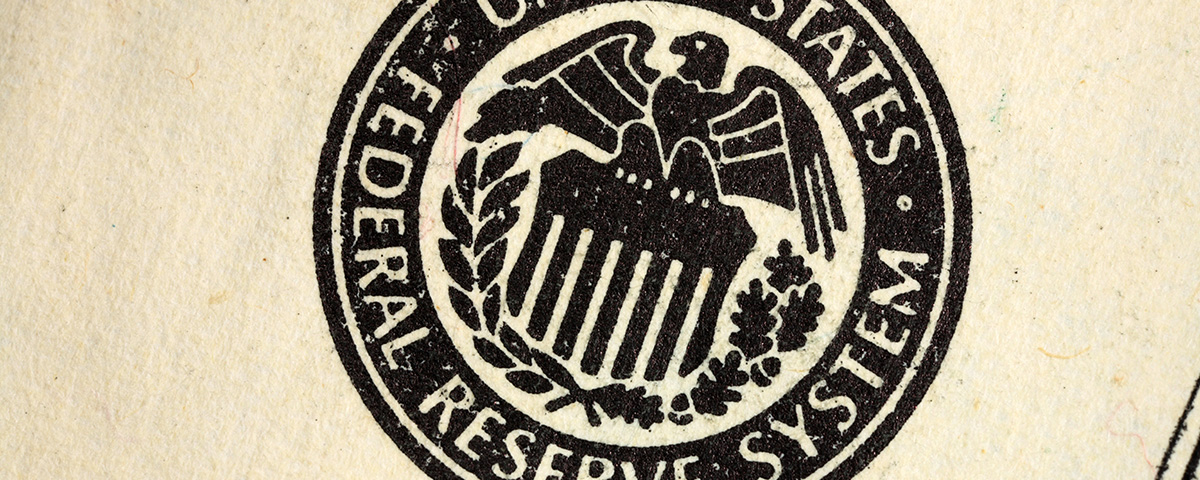America’s Bank, by Roger Lowenstein (Penguin Press)
AMERICA’S FEDERAL RESERVE SYSTEM is the bulwark of the U.S. economy. It issues money and sets short-term interest rates. As the nation’s “lender of last resort,” it is charged with managing the flow of credit in America, controlling inflation and seeking, not always successfully, to preempt economic slowdowns. But Americans’ exaggerated fear of centralization thwarted early attempts to create just such a bank: The Bank of the United States closed in 1811 when Anti-federalists defeated the effort to renew its charter. A Second Bank of the United States, opened in 1816, was shut down by populist president Andrew Jackson in 1836.
For the next 77 years the United States had no central bank—the only industrialized country without one. As Roger Lowenstein notes in his excellent account of how the Fed came to be created, it took a German financier to spur change. Paul Warburg, a New York–based investment banker and heir to a Hamburg banking business, was baffled by Ameri-ca’s “primitive,” state-dominated financial system. It was too fragmented to funnel reserves, locked up in hundreds of local banks, to beleaguered institutions during one of the country’s frequent panics. In Warburg’s view, America needed a stabilizing, European-like central bank. His paper on the subject became the catalyst for a 10-year ideological struggle that resulted in the landmark Federal Reserve Act in 1913.
Lowenstein fastidiously traces the complex path that led to the final legislation: the staunch opposition from progressives suspicious of the Wall Street “money trust”; the key roles played by Democrats Carter Glass, William Jennings Bryan and Woodrow Wilson; and the prolonged debate about whether the government or bankers would control the new system. Nelson Aldrich, the archconservative chairman of the Senate Finance Committee, in 1910 secretly invited a handful of experts to join him on Georgia’s Jekyll Island to produce a blueprint for a regionalized bank reserve system—something short of a “central bank.” Nobody dared utter those two words. Lowenstein describes the conclave as “a stranger-than-fiction mission…that would forever link the Fed’s founding to the wildest claims of conspiracy theorists and cranks.”
Aldrich retired in 1911, but by then there was a broad but vague consensus for bank reform. Newly elected president Wilson urged Glass, the combative chair of the House Banking and Currency Committee, to shepherd a bill through the Democratic-controlled Congress. He wanted a federalized structure for the network of reserve banks—a Federal Reserve Board controlled by political appointees and Cabinet members, not bankers. Federal Reserve notes were to be “obligations of the United States,” not of private banks. Glass, later named treasury secretary, was shocked—Wilson was asking for Warburg’s central bank—but came around. The influential Bryan, whom Wilson had appointed secretary of state, was pleased with the result. For him, “public control of the banking system was a matter of high principle.” Lowenstein asserts that Wilson’s mindset was momentous: “No single decision of [his] better indicated the turn toward a larger federal presence in society. . . .In twelve short months, Wilson had wrung from a [Democratic] party steeped in devotion to Andrew Jackson, and to the crudest anti-banking stereotypes, the filaments of a central bank.”
Today, the Federal Reserve’s structure and purpose are largely unchanged. “Then as now,” writes Lowenstein, “the Fed provides liquidity to the system, especially in time of crisis, so that banks may supply the country with adequate credit.” But few of the battles of 1902-13 were put to rest, he explains, as tensions “between centralism and local autonomy, between the public and Wall Street, and between a permissive money-printing machine and a counting-house prudence went on.” And, of course, they still do.
—Richard Ernsberger Jr.
Originally published in the February 2016 issue of American History magazine.





